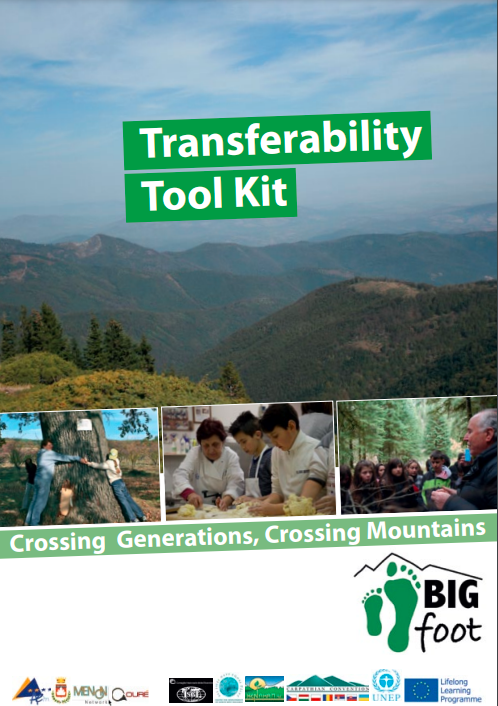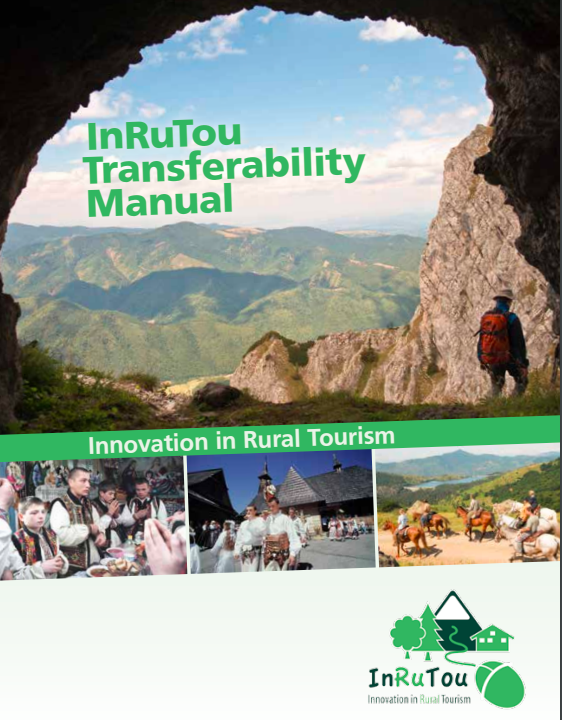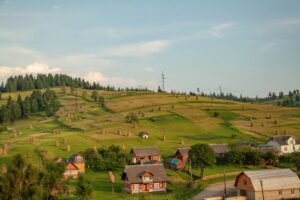Education for Sustainable Development
Education, awareness and access to information are key determinants of how meaningfully the public is involved in decision making processes, ultimately influencing the direction of development and environmental protection. Public participation is integral to sustainable development and conservation, which the Carpathian Convention recognises.
Meeting the needs of all people within the means of the planet and its ecosystems is a complex issue that the field of sustainable development faces. Education for Sustainable Development (ESD) addresses this issue by transforming education and enabling learning for people of all ages to fundamentally shift behaviors and institutions toward sustainable development actions.
Education for Sustainable Development (ESD) is a process that brings knowledge and practice together for implementing the 17 Sustainable Development Goals (SDGs). Highlighted in SDG 4.7, ESD seeks to transform learning for all people so that the needs of all people are met within the means of the planet and its ecosystems.
ESD is a lifelong learning process, meaning that it applies to all settings for all people: including policy makers, scientists, students, researchers, educators, businesses and all other stakeholders.
ESD holistically transforms what, where, how, and why we learn by integrating key sustainable development issues into learning content, learning environments, pedagogy and learning outcomes to fundamentally shift behaviors and institutions toward sustainable development actions (see UNESCO’s “Education for sustainable development: a roadmap):
1. WHAT: LEARNING CONTENT
ESD integrates sustainability issues enshrined in the 17 SDGs into all kinds of learning. It helps learners develop the knowledge, skills, values and attitudes to actively contribute to environmental integrity, economic viability and a just society.
2. WHERE: LEARNING ENVIRONMENT
ESD takes a whole-institution approach to enable learners to live what they learn and learn what they live. Thus, ESD applies to all formal, non-formal or informal settings: vocational education, higher education, workplace training, public awareness education and more.
3. HOW: PEDAGOGY
ESD employs interactive, project-based, learner-centred pedagogy. It is a lifelong learning process that enhances cognitive, social and emotional and behavioural dimensions of learning.
4. WHY: LEARNING OUTCOMES AND SOCIETAL TRANSFORMATION
ESD empowers people to take responsibility for present and future generations and actively contribute to societal transformation. It enables the achievement of all SDGs to build a more sustainable world.
ESD is an internationally recognized process:
- The United Nations Educational, Scientific and Cultural Organization (UNESCO) is the lead UN agency in implementing ESD
- UNESCO led the United Nations Decade of Education for Sustainable Development (2005-2014)
- UNESCO launched the global framework, “Education for Sustainable Development: Towards achieving the SDGs” in 2019.
- The United Nations Economic Commission for Europe (UNECE) developed a regional ESD strategy and established a Steering Committee on ESD to support countries in implementing the strategy and integrating ESD into all forms and levels of their education systems, including vocational and adult learning.
- The European Declaration on Global Education to 2050 includes ESD in realizing the SDGs.
The Carpathian Convention, with its comprehensive focus on environmental conservation and sustainable development, naturally intersects with the principles of ESD. Article 13 of the Carpathian Convention states that the Parties shall pursue policies that:
1. increase environmental awareness and public access to information on protecting and sustainably developing the Carpathians, and
2. guarantee public participation in decision-making and implementing the Carpathian Convention.
Awareness-raising and education are also highlighted in all the Convention’s existing Protocols, several strategic documents and Memoranda of Cooperation. These education-related references form a solid foundation for incorporating ESD more closely into the Carpathian Convention. These references also span various sectors, including forestry, tourism, climate change and more, highlighting the applicability of ESD to build capacity, disseminate information and generate public support in these sectors.
1. WHAT: LEARNING CONTENT
ESD in the Carpathians should be rooted in the unique features of the region and scientifically informed. With strong cultural traditions and traditional resource use, the Carpathians are a biodiversity hotspot with unique species and ecosystems and united by a common historical and socio-cultural background. These features should inform the Convention’s projects, meetings, programmes, curricula and more.
2. WHERE: LEARNING ENVIRONMENT
ESD should be integrated into all Convention activities — from governmental meetings to the classroom — so that synergies are enhanced across Carpathian topics. Relationships need to be strengthened within the Convention and with external stakeholders so that various actors are aware of each other’s work and can better cooperate.
3. HOW: PEDAGOGY
ESD experts utilize various tools such as classroom teaching, interactive workshops, public awareness campaigns, summer schools and more to teach participants how to better conserve nature and develop sustainably in the Carpathians.
4. WHY: LEARNING OUTCOMES AND SOCIETAL TRANSFORMATION
By integrating sustainable development issues specific to the Carpathians – like climate change, green energy, disaster risk reduction, biodiversity, rural depopulation and social cohesion – into learning content, pedagogy and the learning environment, individuals and communities (from governments to school children) are trained to find environmental, economic and social solutions for sustainable living.
ESD Examples in Carpathian Countries
Carpathian ESD Expert Network (CESDEN)
The Carpathian Convention created a network of experts in the field of Education for Sustainable Development (ESD) to help strengthen the Convention’s networks, communication and awareness-raising. This expert network aims to support ESD in the region, strengthening environmental and sustainable development awareness and action, cross-thematic linkages, and connections between diverse actors, thus facilitating implementation of the Carpathian Convention and the Carpathian Vision 2050.
The CESDEN’s vision is a thriving and interconnected Carpathian region, where ESD advances respect for its diverse natural and cultural heritage, fosters a Carpathian identity and builds sustainable relationships between people and nature.
To realize this, the CESDEN has a mission to promote ESD-focused networking and collaborations that aim to improve the quality of life, strengthen local economies and communities, and protect natural and cultural heritage in the Carpathians.
The Carpathian ESD Expert Network (CESDEN) connects NGO practitioners, local teachers, administrators, educators, academic experts and nominated governmental experts to each other. The Network is a platform for sharing resources, knowledge, collaborative opportunities and more regarding ESD in the Carpathians. This is done through our Carpathian ESD Seminars, digital resource sharing platform and periodic online meetings.
Interested in learning more about the intersection between learning, education and sustainable development? Join our email list for exchanging ideas, resources, expertise and experiments, facilitated by the Secretariat.
Have questions about ESD efforts in the Carpathians or the CESDEN? Email the coordinator of the CESDEN in the Secretariat of the Carpathian Convention.
Carpathian ESD Expert Network Activities
Carpathian ESD Conferences
The CESDEN has held ESD seminars and conferences since 2019. These meetings bring together international experts and practitioners for sharing recent projects, presenting research and developing joint activities relevant to the Carpathians.
Resource Sharing
The CESDEN is a forum for sharing knowledge, best practices, curriculum and other resources. Click here to see upcoming events, educational materials, news and other resources that members of the network have shared.
Carpathian Day
Celebrate the Carpathians through Carpathian Day: a yearly celebration of our diverse and common identities, landscapes, heritage and love for the Carpathian region.
Past Meetings of the CESDEN
Carpathian Educational Materials

Catalogue of Available Carpathian Educational Materials
Click here for more educational materials, news, events and other resources created and shared by the Carpathian ESD Expert Network members.

Carpathian Mountain ESD Training Tool Kit
The Tool Kit guides teachers in “Designing a Carpathian nature/cultural trail” with their students that incorporates several themes, such as biodiversity, energy, waste, sustainable tourism and more.

Transferability Tool Kit
The Tool Kit details an intergenerational learning initiative tested in three communities, describing modalities and approaches for using the Intergenerational Community Service Approach as a tool for sustainable development, to inspire application in other communities.

Innovation in Rural Tourism Transferability Manual
Innovation in Rural Tourism (InRuTou) combined online and face-to-face training approaches for three mountain regions. This manual explains how the project was implemented and provides background and technical documents.
Carpathian Convention ESD Projects
- Linking biodiversity, pastoralism, and cultural heritage through education for sustainable development (ESD) in the Carpathian Region
- Carpathian ESD: Strengthening the ESD network in the Carpathian Convention via science-policy-practice interface
- Integrating nature protection and sustainable tourism development into the Carpathian region via science-policy-practice interface
- Move 4 Nature ESD – Teacher training programme on Education for Sustainable Development
Other ESD-Related Projects:
- Innovation in Rural Tourism
- Centralparks – The Carpathians belong to the most important European eco-regions. Biodiversity loss and increasing pressures threaten its outstanding natural values. Traditional approaches to resource management and nature conservation are no longer sufficient to guarantee long-lasting economic benefits and provision of ecosystem services.
- BigFoot Project – Crossing mountains, crossing generations
- Carpathian Project – Protection and Sustainable Development in the Carpathians in a Transnational Framework
Carpathian Convention ESD Reports
- Carpathian ESD Network Activities at Forum Carpaticum 2023 Report
- Brief on Integrating ESD into the Carpathian Convention
- Carpathian ESD at the 9th Environment for Europe Conference Report
- 2nd Carpathian ESD Seminar Report
- Carpathian ESD Network Recommendations
- Carpathian ESD Network Activities at Forum Carpaticum 2021 Report
- 1st Carpathian ESD Seminar Report
Other ESD-Related Reports:
Vienna Programme Office
Secretariat of the Carpathian Convention
UN Environmnent
Vienna International Centre
PO Box 500
A – 1400 Vienna
Tel: +43 1 260 60 83038
Mail: info.carpathianconvention@un.org
TOPICS:
Large Carnivores
Education for Sustainable Development
© Secretariat of the Carpathian Convention
POWERED BY:







